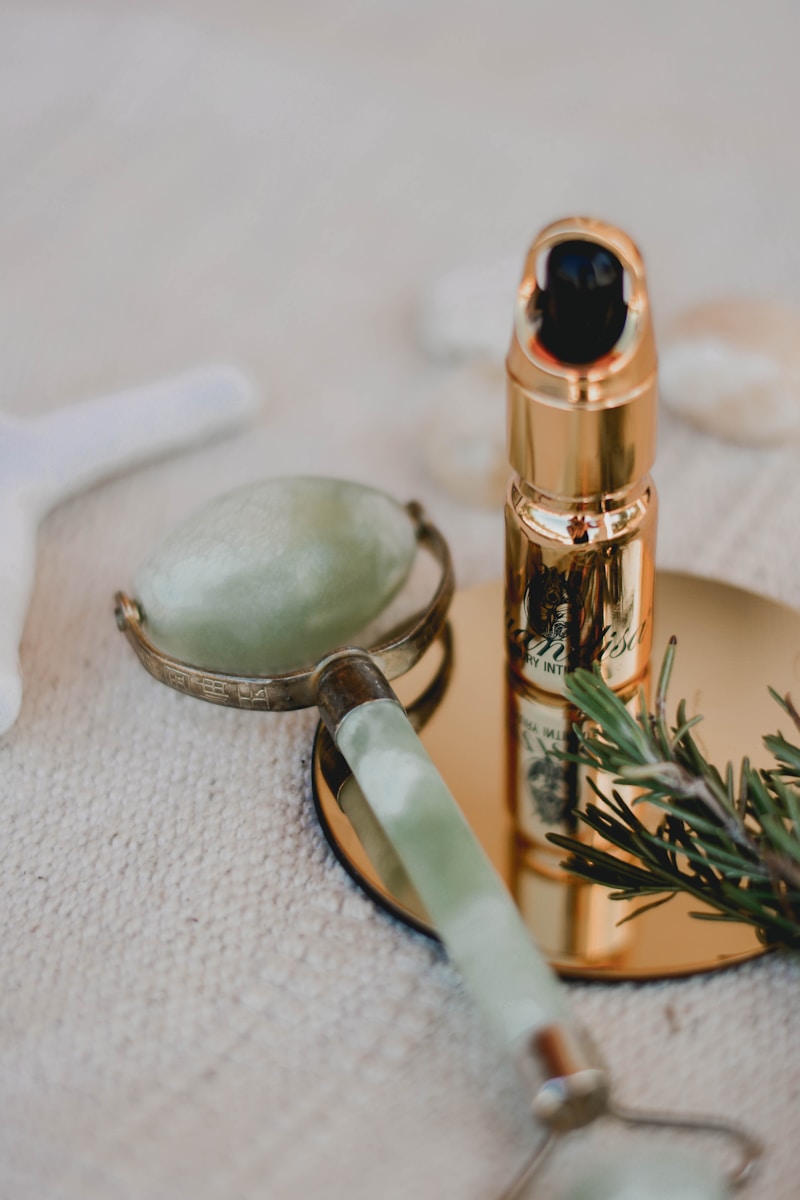
Managing oily and acne-prone skin can be challenging, but with the right skincare routine and products, you can achieve a clearer, healthier complexion. Here are essential tips specifically tailored for those struggling with excess oil and acne.
1. Cleanse Twice Daily
A proper cleansing routine is crucial for oily and acne-prone skin. Use a gentle, foaming cleanser formulated with salicylic acid or benzoyl peroxide, which can help remove excess oil and prevent breakouts. Cleanse your face twice a day—once in the morning and once at night—to keep your skin free of impurities and buildup.
2. Exfoliate Regularly
Regular exfoliation is vital for removing dead skin cells that can clog pores and lead to acne. Opt for chemical exfoliants like alpha-hydroxy acids (AHAs) or beta-hydroxy acids (BHAs). Salicylic acid, a BHA, penetrates deeply into pores, helping to clear them out. Aim to exfoliate 1-3 times a week, depending on your skin’s tolerance.
3. Use Non-Comedogenic Products
When selecting skincare and makeup products, always choose those labeled as “non-comedogenic.” These products are specifically formulated to avoid clogging pores, which can help prevent breakouts. Look for lightweight, oil-free moisturizers and makeup that won’t exacerbate oiliness.
4. Incorporate a Toner
A toner can help remove residual oil and impurities after cleansing. Look for toners that contain witch hazel, tea tree oil, or salicylic acid, as these ingredients can help control oil production and reduce inflammation. Applying a toner can also help tighten pores and improve overall skin texture.
5. Moisturize Wisely
Even oily skin needs hydration. Use a lightweight, oil-free moisturizer or gel-based formula to keep your skin hydrated without adding excess oil. Look for products that contain hydrating ingredients like hyaluronic acid or glycerin, which provide moisture without clogging pores.
6. Spot Treatment for Breakouts
When acne does occur, it’s essential to have a reliable spot treatment on hand. Products containing benzoyl peroxide, salicylic acid, or sulfur can be effective in targeting blemishes. Apply spot treatments directly to affected areas after cleansing and before moisturizing.
7. Avoid Touching Your Face
Minimize touching your face throughout the day, as this can transfer oils and bacteria from your hands, potentially leading to breakouts. Additionally, be mindful of how often you touch your phone and other surfaces that come into contact with your face.
8. Be Mindful of Your Diet
What you eat can impact your skin’s health. Incorporate a balanced diet rich in fruits, vegetables, and whole grains while limiting processed foods, sugary snacks, and dairy, as they can trigger breakouts in some individuals. Staying hydrated by drinking plenty of water is also crucial for maintaining healthy skin.
9. Use Sunscreen Daily
Protecting your skin from UV damage is vital, even for oily and acne-prone skin. Opt for a lightweight, oil-free sunscreen or a moisturizer with SPF that won’t clog your pores. This will protect your skin while preventing post-inflammatory hyperpigmentation from acne scars.
10. Consult a Dermatologist
If your acne is persistent or severe, it may be time to consult a dermatologist. They can provide personalized recommendations, prescribe medications, or suggest professional treatments tailored to your specific skin concerns.
Conclusion
Caring for oily and acne-prone skin requires a consistent and targeted approach. By following these essential skincare tips, you can effectively manage excess oil, prevent breakouts, and achieve a clearer, healthier complexion. Remember that patience is key; it may take time to see significant improvements, so stick with your routine and adjust as needed.

